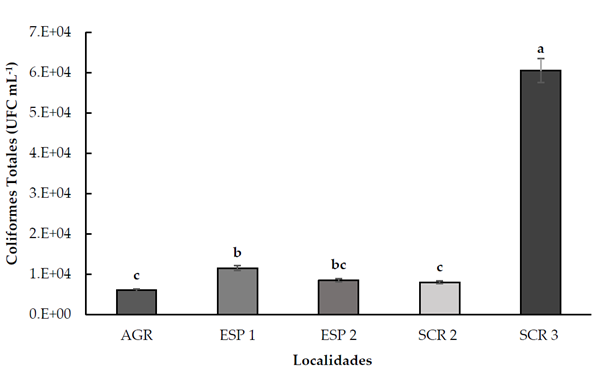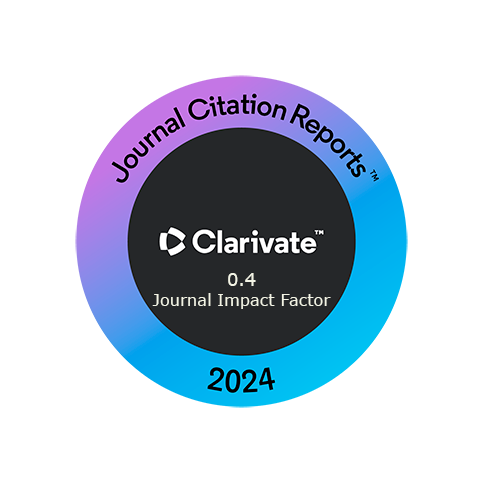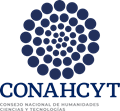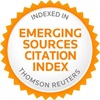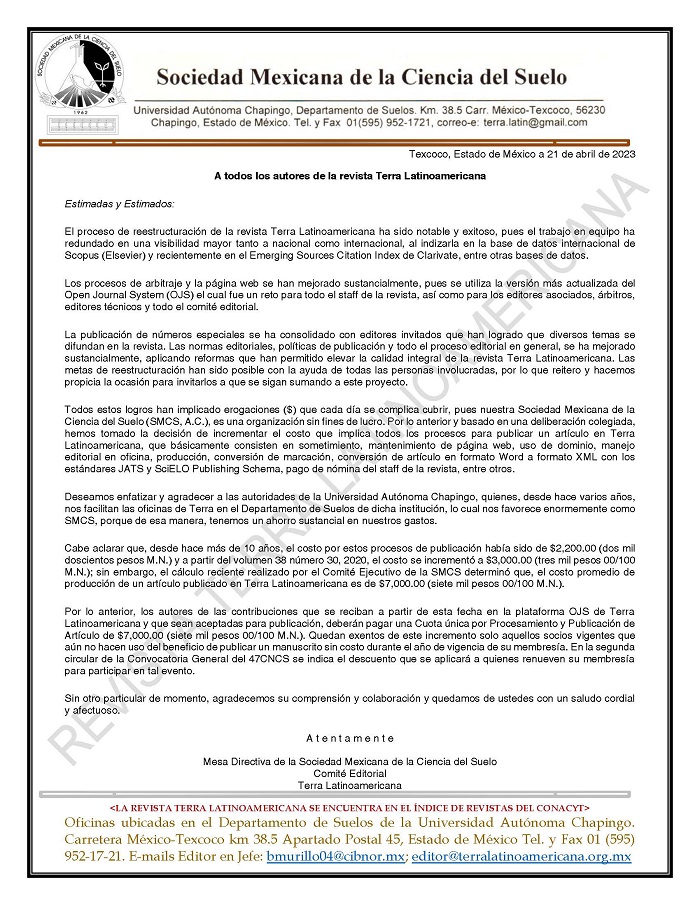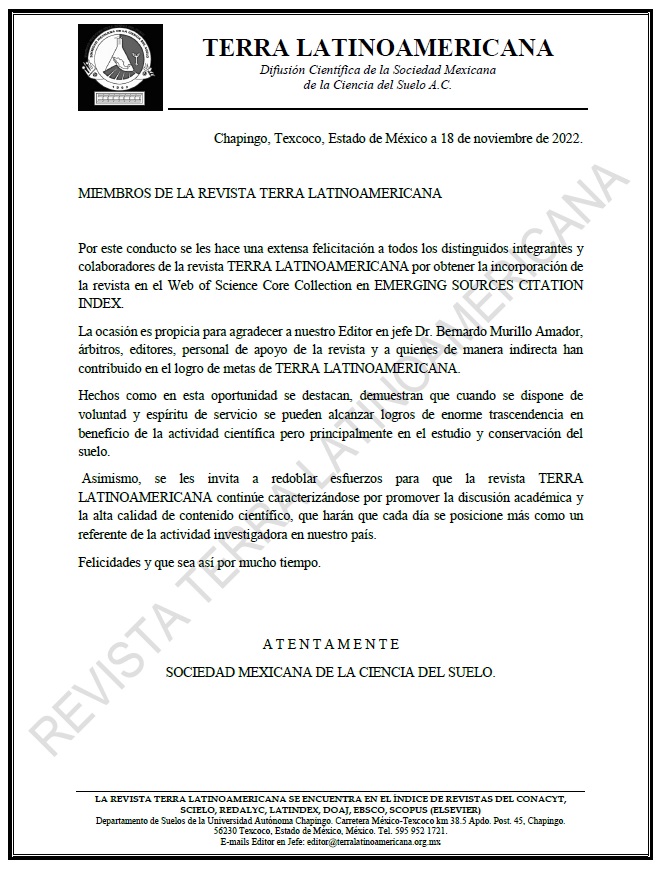Calidad del Agua Potable en las Zonas Rurales Periféricas del Cantón Quevedo, Ecuador
DOI:
https://doi.org/10.28940/terralatinoamericana.v43i.2106Palabras clave:
contaminación, cromo, localidades, nitratos, salud públicaResumen
La calidad del agua potable es un aspecto crucial para la salud y el bienestar de cualquier comunidad, especialmente en las zonas rurales periféricas del cantón Quevedo, Ecuador, donde la infraestructura de abastecimiento de agua potable es deficiente y la exposición a contaminantes es alta. Este estudio tiene como objetivo realizar un análisis integral de la calidad del agua potable. Para ello, se seleccionaron cinco localidades representativas del cantón Quevedo para la evaluación de la carga microbiana y el análisis de coliformes totales, textura del suelo, pH del suelo, y contenido de nitratos, nitritos, cobre y cromo en el agua. Los resultados mostraron variaciones significativas en la calidad del agua y del suelo entre las localidades. La carga microbiana y el conteo de coliformes totales fueron más altos en SCR 3, indicando una posible fuente de contaminación local. La textura del suelo varió, con predominancia arenosa en SCR 2 y SCR 3, lo cual afecta la retención de agua y la disponibilidad de nutrientes. Los valores de pH del suelo oscilaron entre 6.0 y 7.0, con SCR 3 presentando el pH más bajo. La concentración de nitratos fue más alta en SCR 2 (20 mg L-1), mientras que los nitritos fueron más elevados en ESP 2 (0.12 mg L-1). Los niveles de cobre variaron, siendo más altos en AGR (18 mg L-1), y los niveles de cromo hexavalente fueron más altos en SCR 2 (0.075 mg L-1). Estas variaciones en la calidad del agua y del suelo tienen implicaciones significativas para la salud pública y la productividad agrícola. Se identificaron fuentes de contaminación y se propusieron medidas de mitigación para mejorar la calidad del agua, promover la salud pública y apoyar el desarrollo agrícola sostenible en las comunidades rurales de Quevedo.
Descargas
Publication Facts
Reviewer profiles N/D
Author statements
- Academic society
- Terra Latinoamericana
